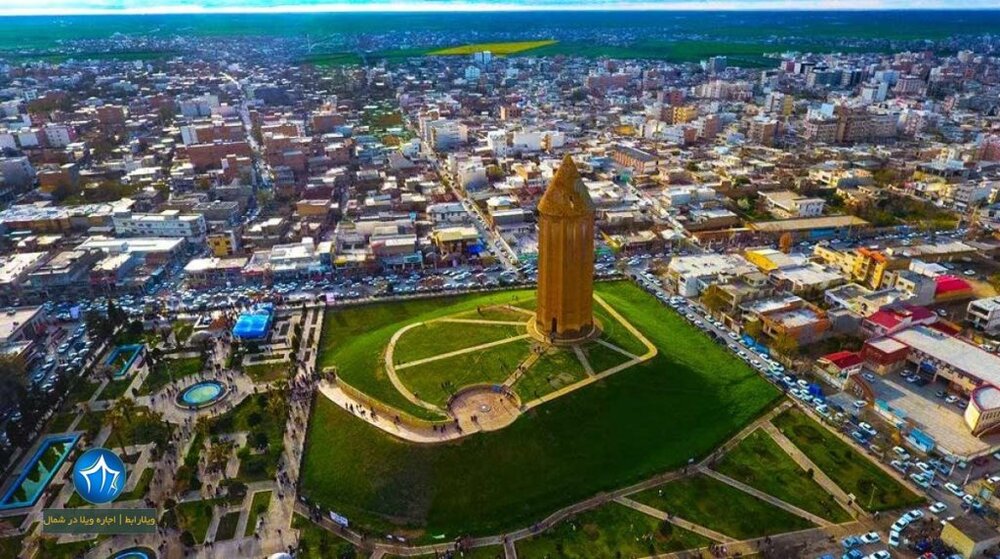1000-year-old conical roof undergoes restoration

TEHRAN—The conical brick dome of Gonbad-e Qabus, a UNESCO-registered tower in northern Iran, is undergoing restoration, the director of the World Heritage site said on Monday.
“Currently, the restoration work is carried out on one tenth of the conical roof. And currently, we are out of the experimental stage and have started the restoration in a practical way and we are doing our best to proceed carefully,” Abdolmajid Nurtaqani said.
“Although restoration mechanism is defined for the conical roof, we do not know what is behind the surface. However, the most damage may be seen in the cracks of the western and southwestern sections,” the official said.
“It should not be forgotten that currently our studies are about the dome level bricks and we don't know what is going on underneath. We need to open the bricks and then we can talk about what to apply.”
“Now we are amending worn bricks of the roof, and the scaffolding will remain until the repairs are finished. Due to the fact that there has been no rain, the humidity conditions of the tower are under control.”
“Our whole concern is to be able to have a mechanism that has the fewest errors, so we are trying to prepare a comprehensive restoration plan. What we do is that we monitor every action we take to see if that action has any destructive effects on the building or not,” the official stated.
Considering that studies on materials such as bricks, mortar and construction methods are over, the restoration team has detected less than 100 broken and destroyed bricks. It has been detected that there are about five thousand bricks that cover the surface, he explained.
Experts say that growing plants on the tower is not a new issue and is witnessed in all brick buildings across the country, especially in northern provinces, due to their climatic conditions.
“It should not be forgotten that the surface of the conical roof is about 500 square meters and a plant seed may be brought back to the roof through bird droppings. It is extremely difficult to reduce the growth of plants on the roof to zero. But it can be controlled and minimized.”
Located in Golestan province, the monument is of high architectural importance as an exemplar and innovative design of the early Islamic-era architecture.
Visible from great distances in the surrounding lowlands near the ancient Ziyarid capital, Jorjan, the 53-meter high Gonbad-e Qabus dominates a modern town of the same name laid out around its base in the early 20th century.
Its hollow, cylindrical shaft of unglazed fired brick tapers up from an intricate geometric plan in the form of a ten-pointed star to a conical roof. Two encircling kufic inscriptions commemorate Qabus Ibn Voshmgir, Ziyarid ruler and literati as its founder in 1006 CE.
As mentioned by UNESCO, the monument bears testimony to the cultural exchange between Central Asian nomads and the ancient civilization of Iran.
Narratives say the tower has influenced various subsequent designers of tomb towers and other cylindrical commemorative structures both in the region and beyond. The structure capped by an eye-catching conical roof boasts intricate geometric principles and patterns which embellish parts of its load-bearing brickwork.
AM
